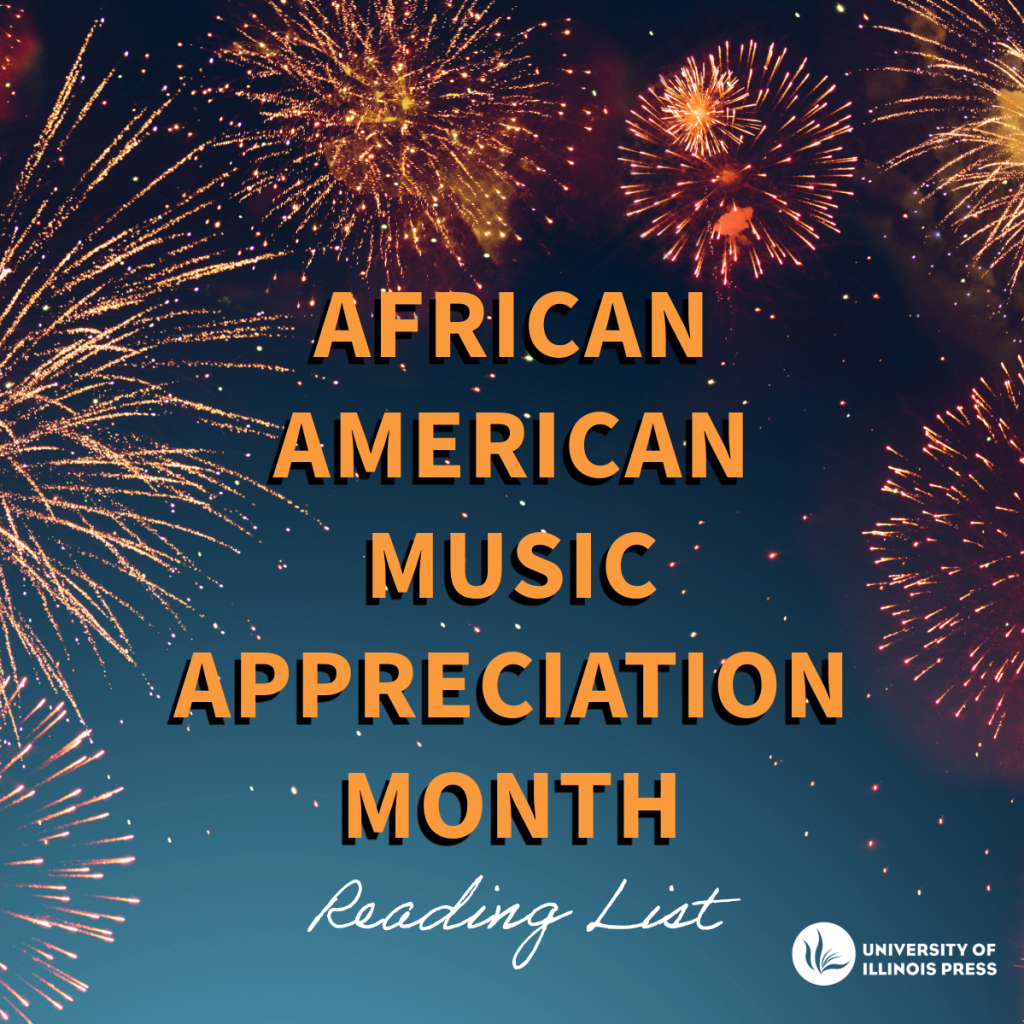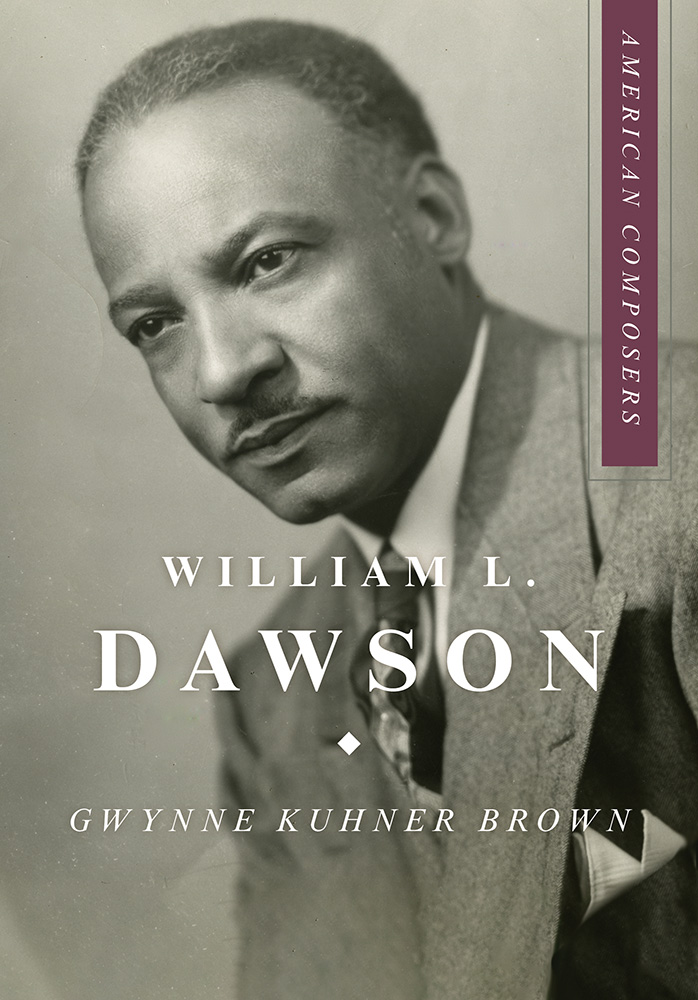Created by President Jimmy Carter in 1979, this month celebrates the African American musical influences that comprise an essential part of our nation’s treasured cultural heritage. Let’s dig in with some of our newest and well-loved books and journal articles!
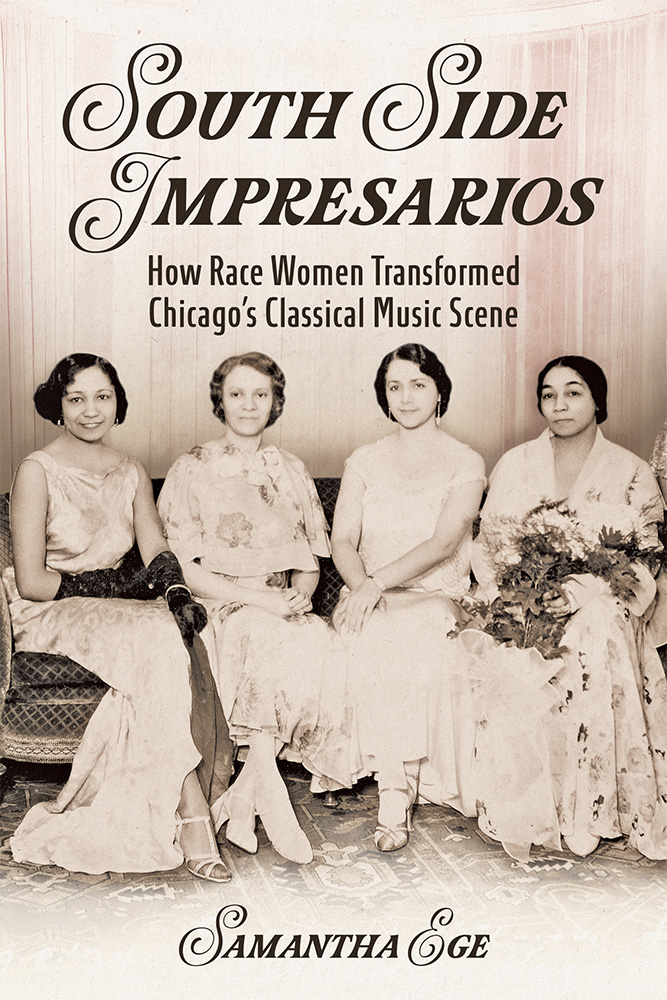
South Side Impresarios: How Race Women Transformed Chicago’s Classical Music Scene
Samantha Ege
The women who put Chicago’s Black classical music on a cultural map of their own making.
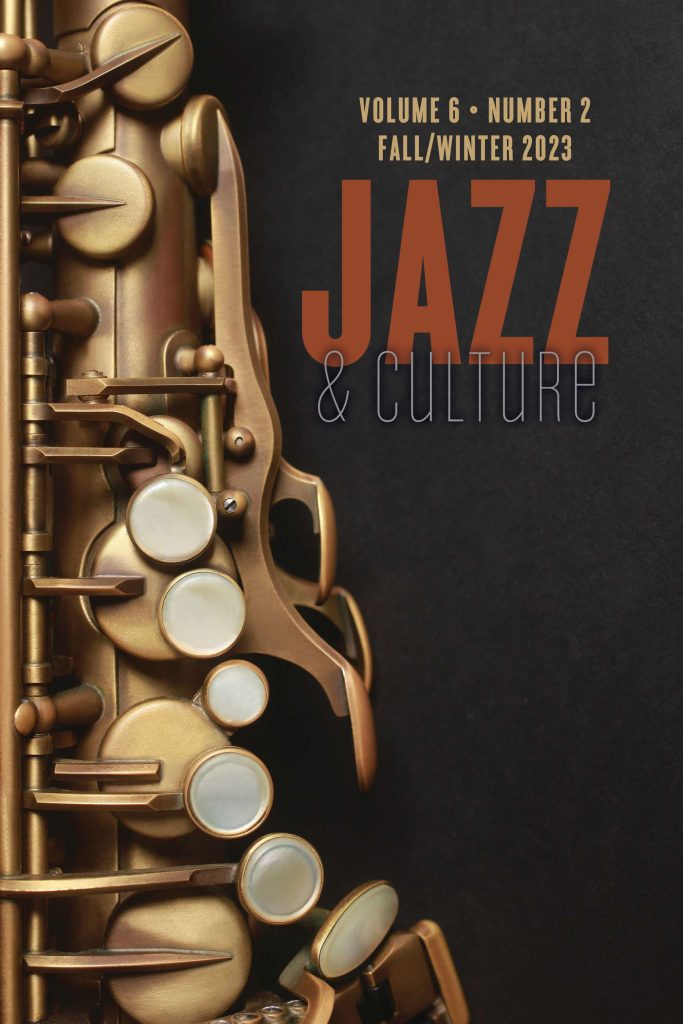
In this article, McNeill attempts to disrupt the stereotypical “negative social imagery” of African American male youth projected in mainstream culture through a critical study of mass-mediated images of TBC, one of the prominent brass bands in New Orleans. He engages four pieces of film, all recorded in New Orleans in 2010, which amplify the voices of young African American brass band musicians and their plight in keeping their culture alive. How can screen media highlighting a Black cultural history rooted in a strong tradition and legacy work as a powerful disruptive force?
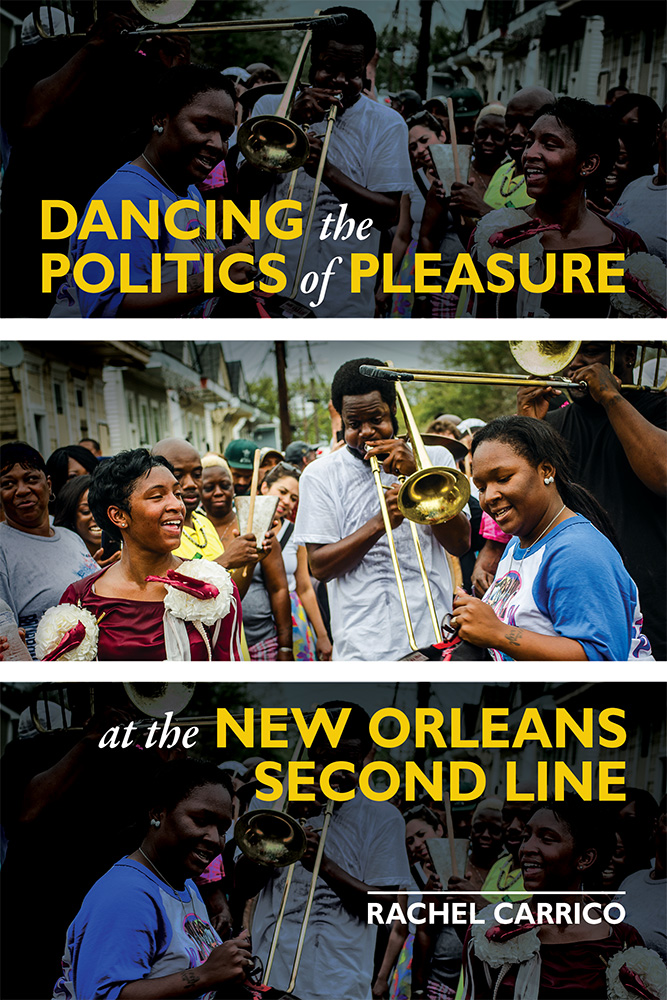
Dancing the Politics of Pleasure at the New Orleans Second Line
Rachel Carrico
An inside look at second lining’s importance to community, spirit, freedom, and home.
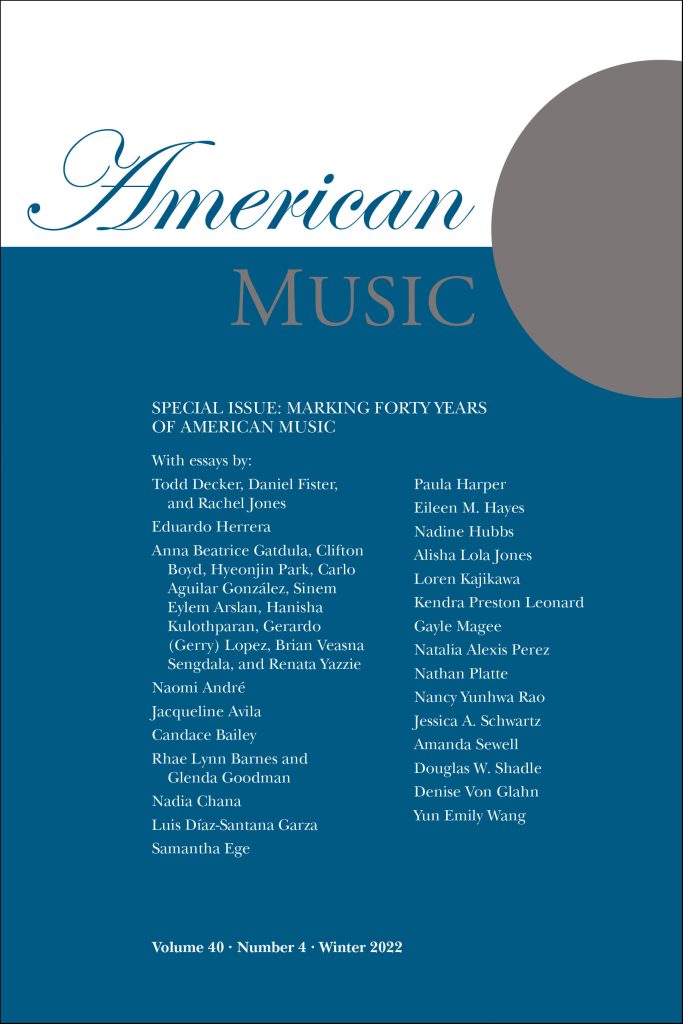
“The Art of the Black Feminist Scholar-Performer” by Samantha Ege
In the anniversary issue of American Music, Ege discusses her scholarship on African American women’s contributions to classical music in the era of the Black Chicago Renaissance, as well as her recent recording project Black Renaissance Woman: Piano Music by Florence Price, Margaret Bonds, Nora Holt, Betty Jackson King, and Helen Hagan. As Ege writes, “The art of the Black feminist scholar-performer encompasses the conviction that there is a history of classical music (i.e., Western art music) to be told both from a Black woman’s vantage point and the subsequent dialogue between research and repertoire.”

The Journal of Aesthetic Education
“Signifying the Sound: Criteria for Black Art Movements” by Corey Reed
Reed proposes the following questions: (1) What were the conditions that created a signifiable Black art movement? (2) Do we have an art movement happening currently? (3) What might be the underlying purpose behind having such a movement? He identifies current musicians such as Kendrick Lamar, Beyoncé, Rapsody, and Jidenna, as well as major movies and television shows, that are confronting current, Africana issues while pushing aesthetic boundaries. With the magnitude of artifacts being produced with this intention, Reed asserts that there is, arguably, a Black art movement developing.
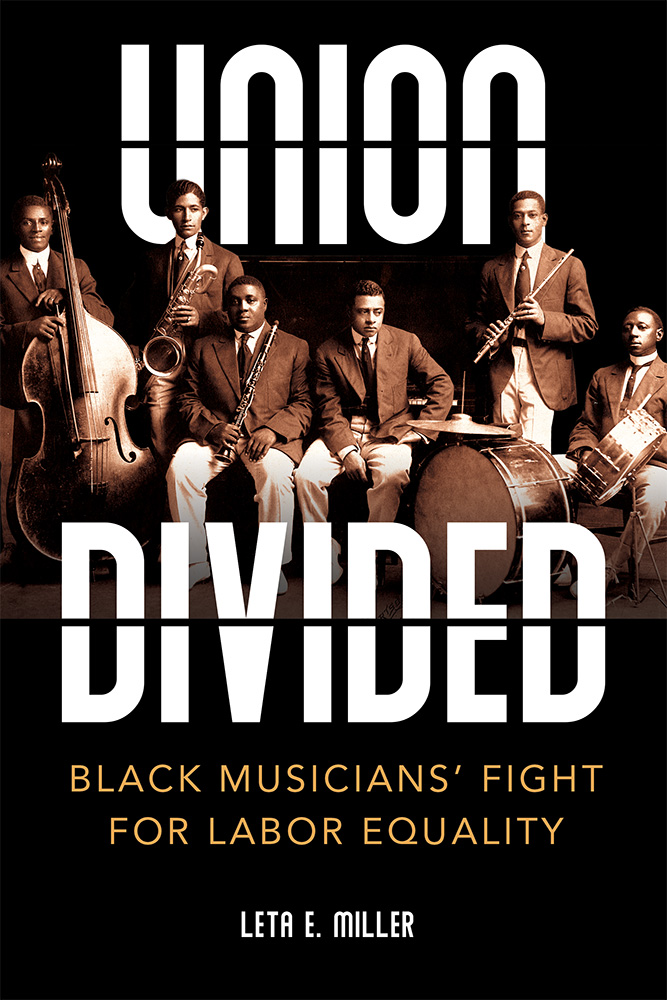
Union Divided: Black Musicians’ Fight for Labor Equality
Leta E. Miller
An in-depth account of racial segregation within the American Federation of Musicians.
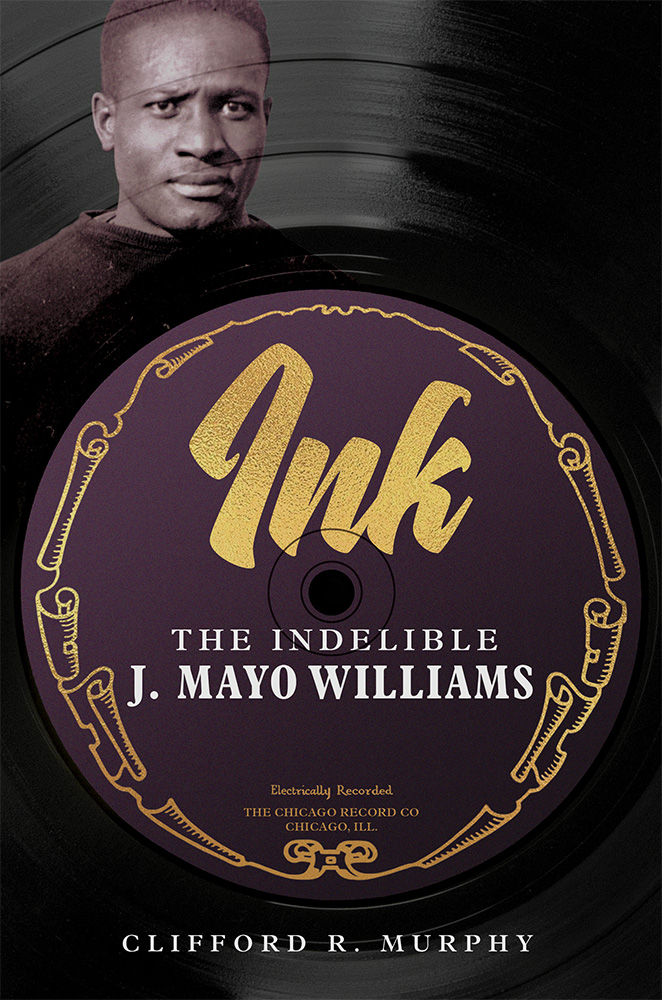
Ink: The Indelible J. Mayo Williams
Clifford R. Murphy
The first-ever biography of an overlooked but epic life.
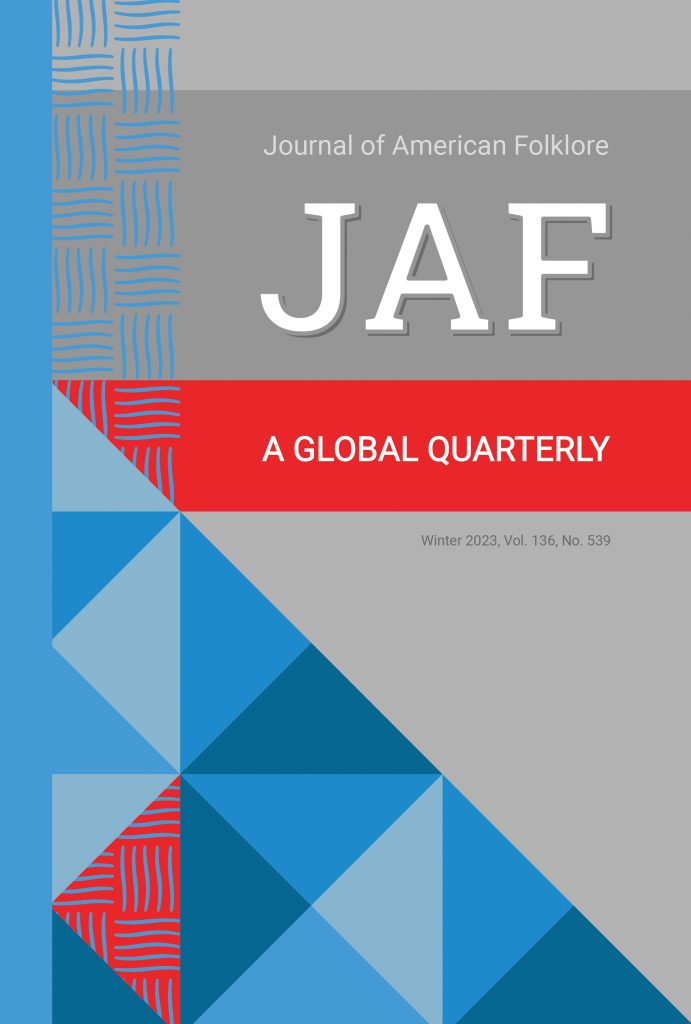
“Bernice Johnson Reagon—In Celebration of Her Eightieth Birthday (October 4, 1942): A Preliminary Inquiry and Invitation to New Generations of Activist Scholars for Further Research” by James Counts Early and Amy Horowitz
Early and Horowitz discuss the work of Dr. Bernice Johnson Reagon, historian, folklorist, ethnomusicologist, composer, song leader, and more. Be sure to check out the response essays as well, a few of which specifically focus on her own music and her work promoting Black music heritage and scholarship:
- “Bernice Johnson Reagon, Black Woman Trailblazer: Presenting and Interpreting Black Vernacular and Popular Musics in a White Cultural Institution” by Portia K Maultsby
- “Bernice Johnson Reagon: Exemplary Mentor for Folklore Studies” by Phyllis M. May-Machunda
- “Songs for the Journey and the Mission: The Life Notes of Bernice Johnson Reagon” by E. Ethelbert Miller
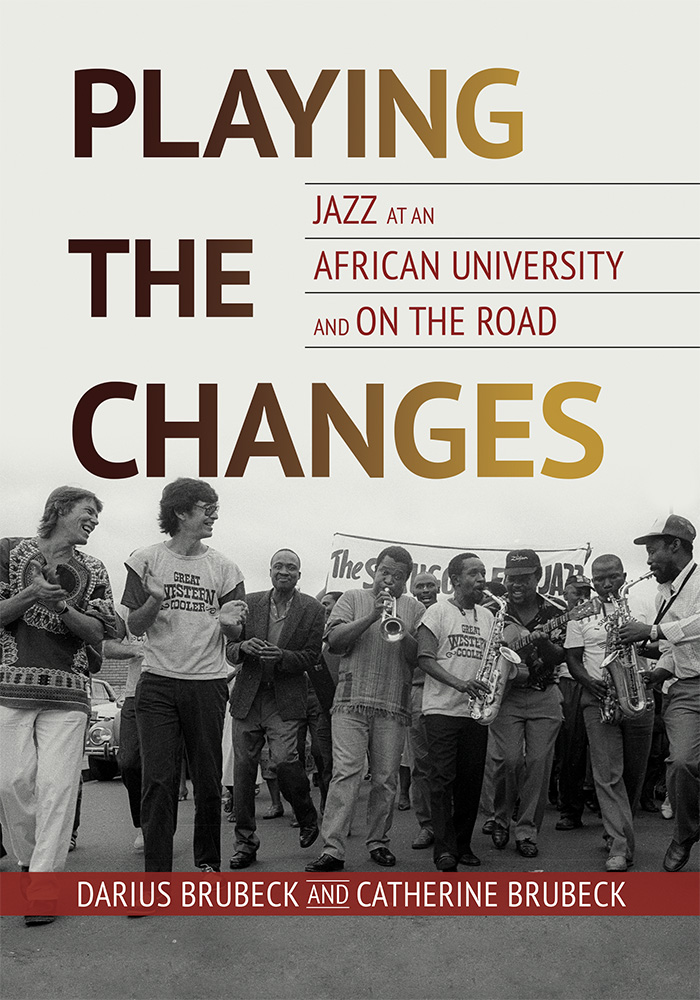
Playing the Changes: Jazz at an African University and on the Road
Darius Brubeck and Catherine Brubeck
The transformative power of jazz.

